
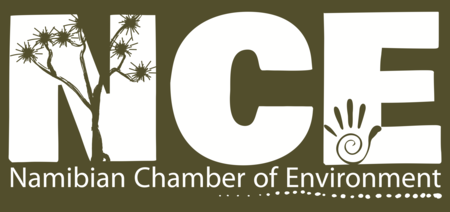
An airborne Christmas present for anti-poaching teams
18th January 2021
While the festive season provides a welcome break for most of us, anti-poaching rangers and policemen know it as a time of increased poaching and other illegal activities. Criminals seek to take advantage of a perceived decrease in monitoring and law enforcement over this period; high-value wildlife species like rhinos are thus rendered even more vulnerable than usual.
In response to the increased threat levels, we need coordinated ground patrols and a visible anti-poaching presence in critical rhino areas. This festive season, Save the Rhino Trust (SRT), the Ministry of Environment, Forestry and Tourism (MEFT) and the NAMPOL Special Field Force (SFF) joined forces in a coordinated anti-poaching operation focused on protecting Namibia's free-ranging black rhino population. This effort is part of the larger Operation EroKu conducted annually by NAMPOL to counter all illegal activities in the Erongo and Kunene Regions from 22 December 2020 to 11 January 2021.
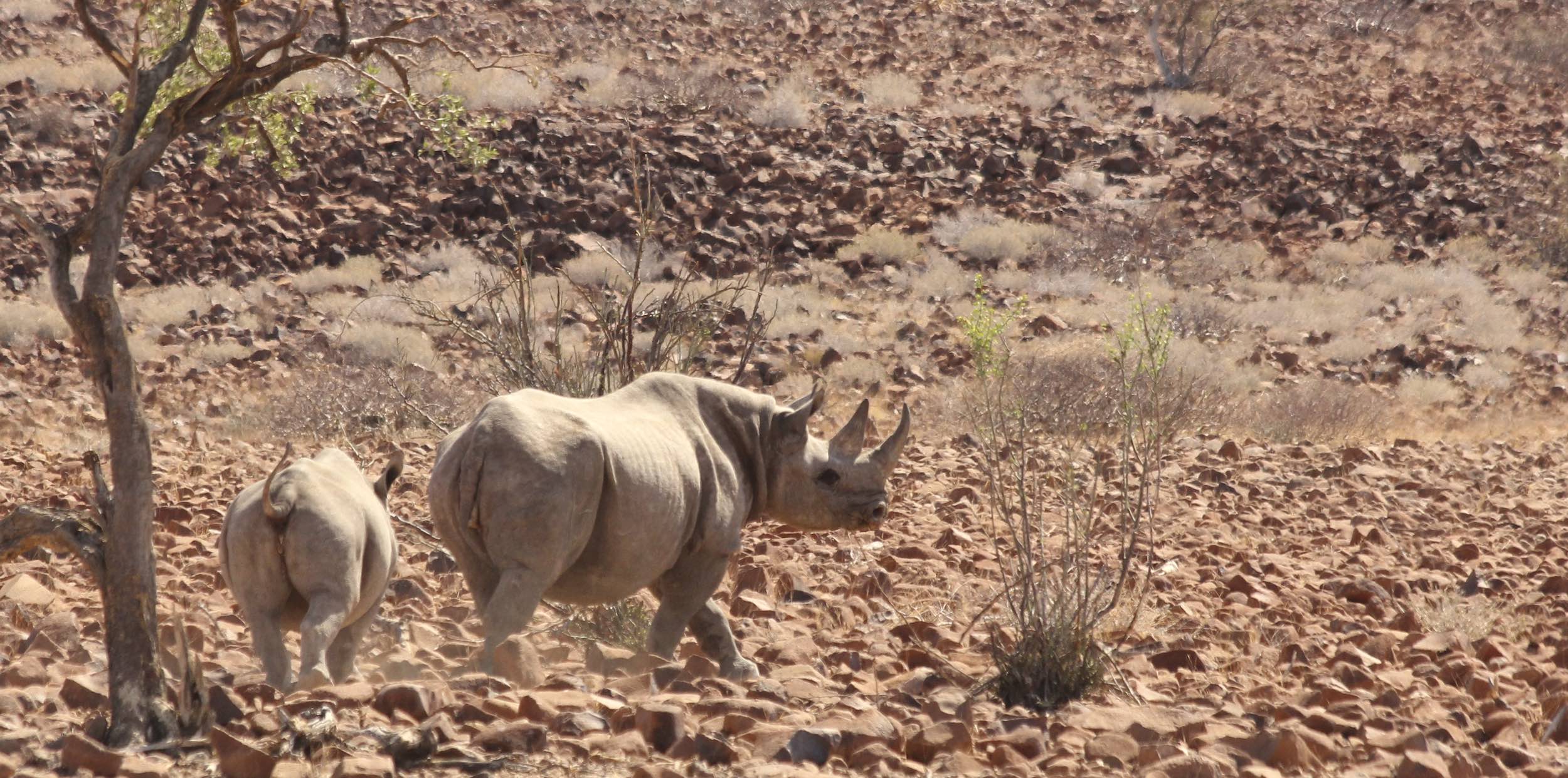
Adding aerial support to these intensive festive season joint operations has worked well in previous years. We therefore brought in Westair's Cessna aeroplane that is made available for conservation work through the Namibian Chamber of Environment (NCE) to support the anti-poaching teams in north-west Namibia for the 2020/21 season. An eye in the sky
boosts the effectiveness of anti-poaching operations in a number of ways.
First, the plane is a highly visible signal for any would-be poachers in the area – telling them that anti-poaching teams are active, so the risk of being caught is high. Second, an aircraft can cover much larger areas than ground teams, thus increasing the chances of spotting poacher's camps or carcasses and relaying these locations to the ground team. Third, the aircraft provides a link between anti-poaching teams living in basic fly camps scattered over a vast area. For these reasons and more, the ground teams welcomed the NCE aircraft and me, the pilot, with open arms.
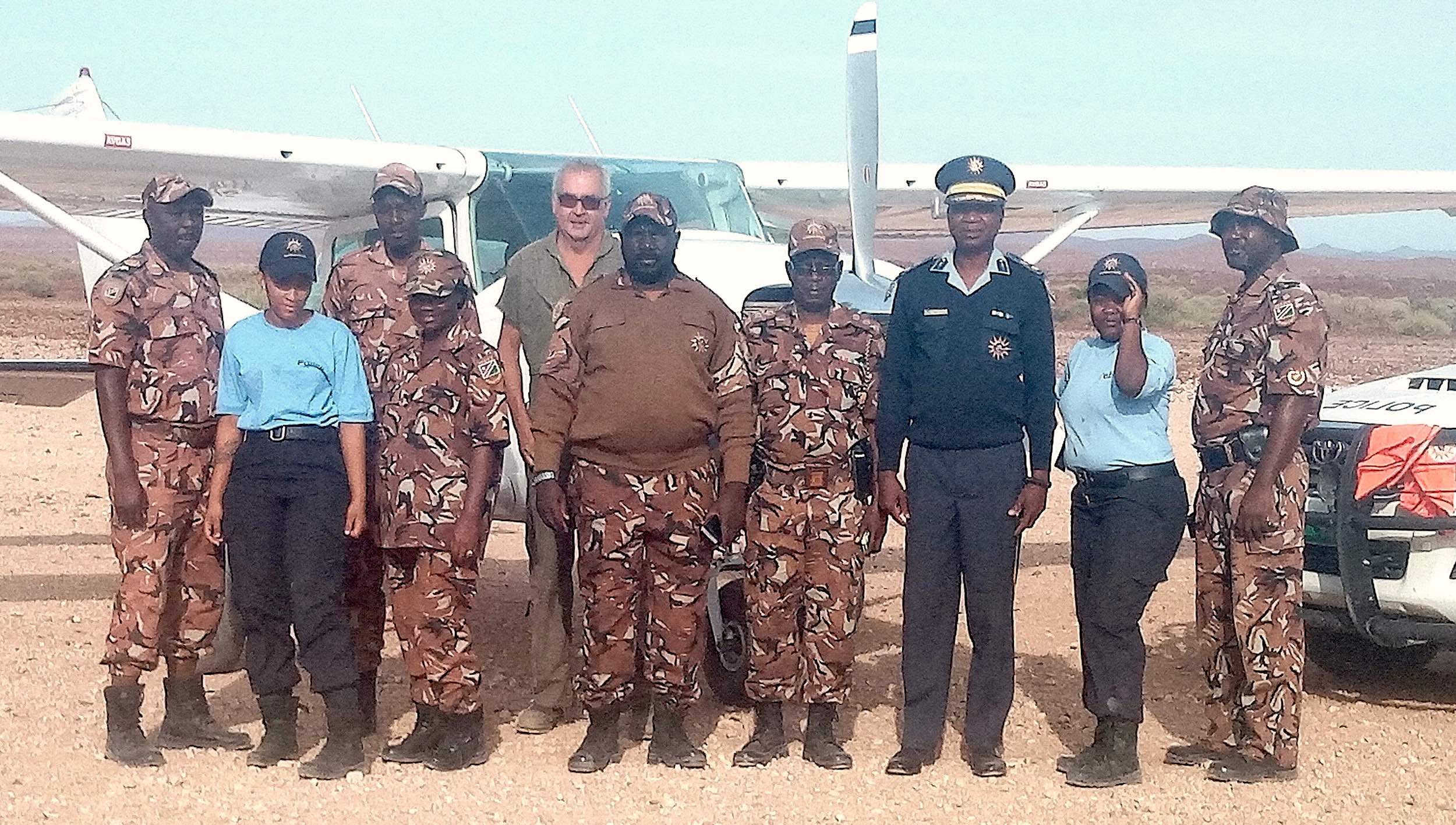
SRT's Mar-I-Go camp near Palmwag provided the ideal base for operations, as NAMPOL's SFF is also based here and it has a runway for the aeroplane. SRT supplied the aviation fuel and played a critical role in planning our daily activities. SRT rangers are intimately acquainted with the rhinos in the north-west and used this knowledge to draw up an operational programme to ensure that the population would receive adequate protection during the operation.
Detective Chief Inspector Raphael Litota of the SFF joined me in the plane each day and coordinated the NAMPOL side of the operation. A different SFF officer was selected each day to join us in the aircraft and thus get a different perspective of the focal area. I was impressed with the efficiency, competence, and level of teamwork and enthusiasm showed by all involved.
Flying at less than 300 feet above the rugged, treacherous terrain of the Kunene and Erongo Regions is both intoxicating and terrifying. Maintaining low flight elevation is important to ensure that illegal activities on the ground can be spotted, which puts piloting experience and abilities to the test! The deeply incised gorges and massive rock formations are beautiful to behold, yet even a moderate breeze over this dramatic topography can make flying in a light aircraft extremely dangerous. We therefore only flew in the mornings when low or zero wind conditions prevailed.
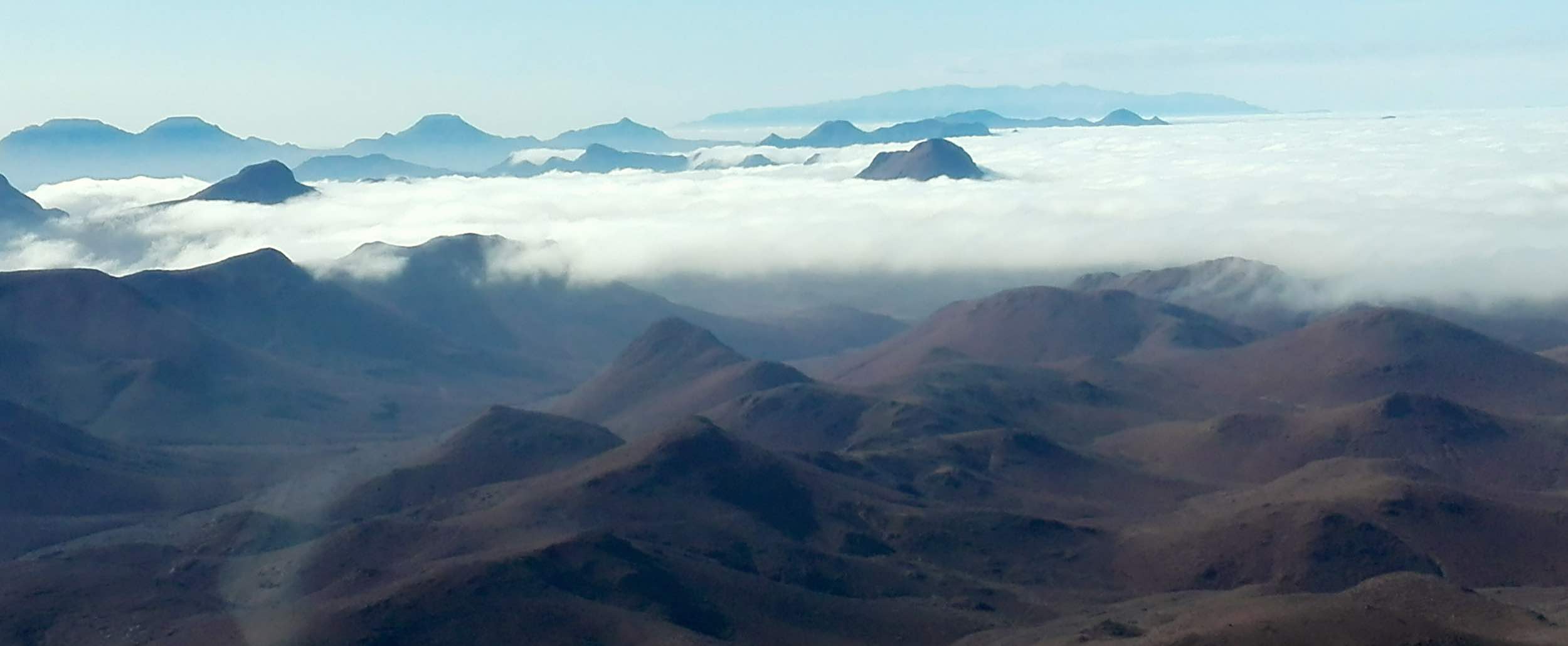
We flew every day for 17 days for 1-5 hours per day depending on flying conditions (ranging from cool with thick fog to 40°C and clear). Our focal area extended from Purros village in the north to the Ugab and Huab rivers in the south. We systematically covered the locations indicated by SRT and made a special effort to fly over all villages and settlements to alert everyone to the aircraft's presence. On Christmas day we showed maximum support to the ground teams by flying over as many of their fly camps as possible – our Christmas present to the hard-working SRT, SFF and MEFT rangers!
Law enforcement officers working outside of our focal area requested aerial assistance to locate poaching camps
where particularly large amounts of game meat were being processed. We therefore spent two days flying in the Uis, Okombahe and Omaruru area (including the lower foothills of the Erongo mountains), and the Kamanjab, Ombonde and Fransfontein areas.

The operation was a huge success – no cases of rhino poaching were reported over this high-risk period in our focal area, while the anti-poaching teams on the ground greatly appreciated the aerial support. Morale was high during the entire operation, and many of the ground team members got to see the area from the air for the first time. At the end of the operation, I took three children who had helped around the camp for a short flight – this was their first time in an aeroplane, so one girl spent the whole flight on the floor!
When I flew out of camp on the last day, I reflected on the dedication of the ground teams and the strong collaborative partnerships that form the basis for Namibia's impressive anti-poaching record. It was my privilege to work side-by-side with these dedicated individuals and contribute to protecting black rhinos as a special part of this ruggedly beautiful environment.
For articles on similar topics, please click one of the following options:
If you enjoyed this page, then you might also like:

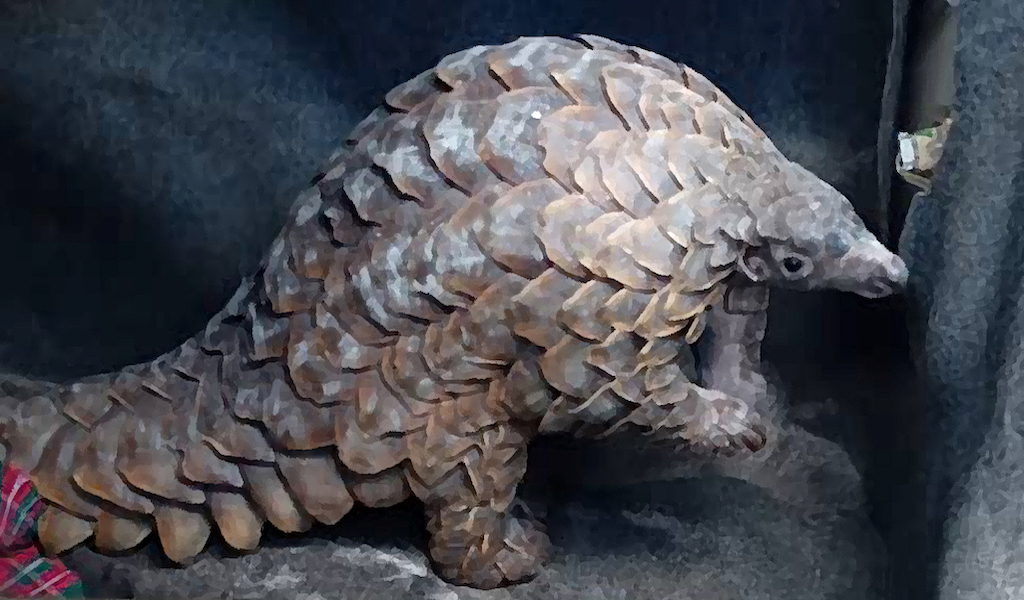
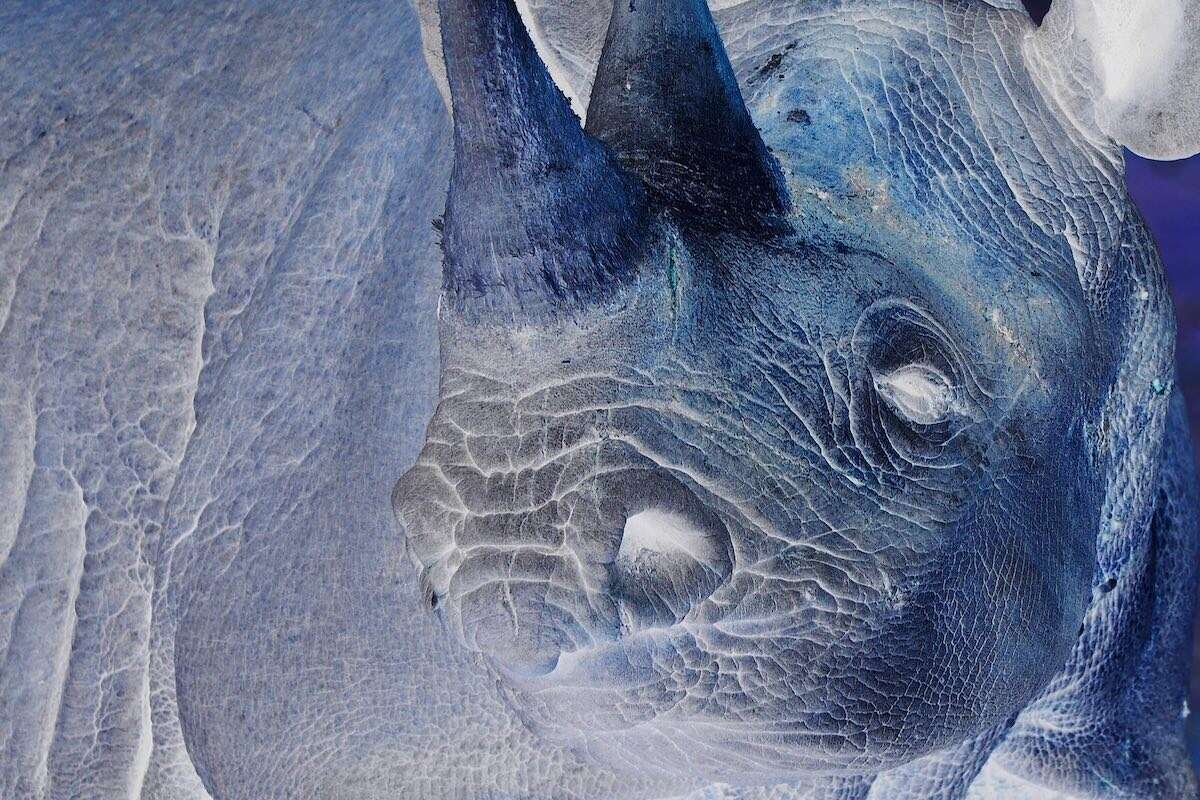
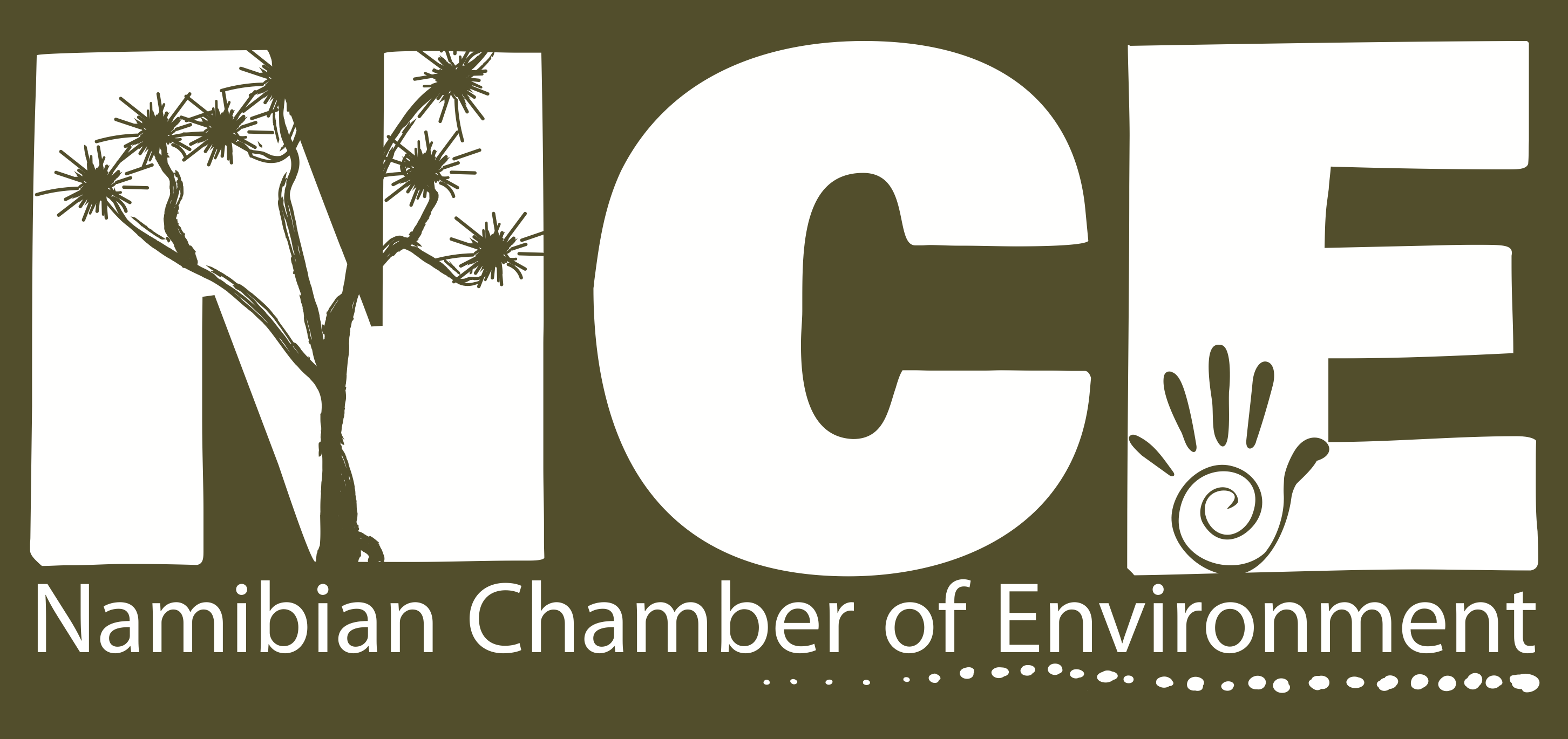
This operation was made possible with support from Westair and Welwitschia Insurance Brokers that maintain the Cessna 182-V5 WOT that can be used by NCE members for environmental and conservation-related projects. Those wanting to use the plane need only to pay for fuel and landing costs, provided they book with NCE in advance (see here for the booking form). Rooikat Trust supported this festive season anti-poaching aerial support with funding from the Bureau of International Narcotics and Law Enforcements Affairs (USA) and Wildcat Foundation.
This operation was made possible with support from Westair and Welwitschia Insurance Brokers that maintain the Cessna 182-V5 WOT that can be used by NCE members for environmental and conservation-related projects. Those wanting to use the plane need only to pay for fuel and landing costs, provided they book with NCE in advance (see here for the booking form). Rooikat Trust supported this festive season anti-poaching aerial support with funding from the Bureau of International Narcotics and Law Enforcements Affairs (USA) and Wildcat Foundation.

Dr Conrad Brain is a Namibian conservationist, bush pilot and wildlife veterinarian who has been involved in conservation and anti-poaching flying for the past 25 years. He has been part of nationwide wildlife aerial surveys that form an integral part of wildlife monitoring and conservation work. He has a PhD in Medical Physiology and uses his combined skills of wildlife veterinary medicine, physiology and professional flying to protect and treat Namibian wildlife.
Dr Conrad Brain is a Namibian conservationist, bush pilot and wildlife veterinarian who has been involved in conservation and anti-poaching flying for the past 25 years. He has been part of nationwide wildlife aerial surveys that form an integral part of wildlife monitoring and conservation work. He has a PhD in Medical Physiology and uses his combined skills of wildlife veterinary medicine, physiology and professional flying to protect and treat Namibian wildlife.
We use cookies to monitor site usage and to help improve it. See our Privacy Policy for details. By continuing to use the site, you acknowledge acceptance of our policy.